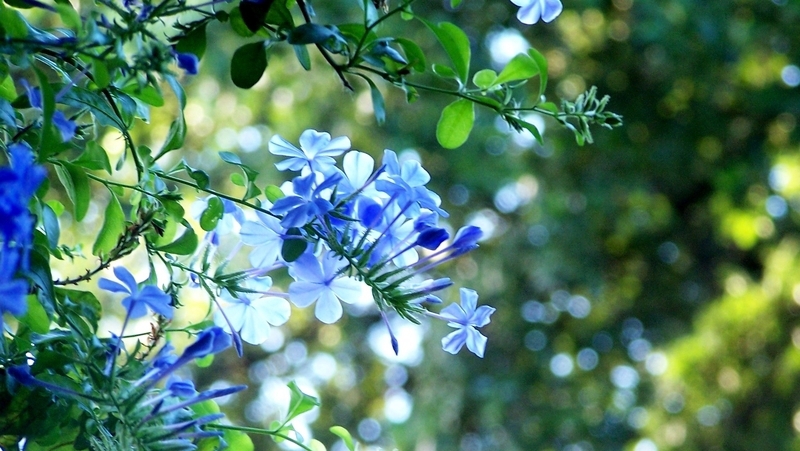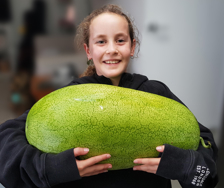Yates Account
Join now
Create a Yates account today!
Sign up to join the Yates Garden Club for monthly e-mails packed with seasonal inspiration, tips for success & exclusive promotions.
Plus if you’re a Garden Club member you can take part in the Yates Growing Community - a blog to share successes, get advice & win prizes in fun challenges along the way!

Forgot password
Enter the email address associated with your account, and we'll email you a new password.

To know your soil you should first understand how plants grow, manufacture food and how roots grow.
Plants – from the smallest seedlings to the largest trees – are factories which take raw materials from the air, water and soil to build carbohydrates, proteins and fats. To do this, they need a constant supply of raw materials and a source of energy – sunlight – to form roots, leaves, stems, flowers, fruits and seeds. Each part of the plant has a special job to do, but its performance depends on the cooperation of every other part.

Leaves and young stems are the real manufacturing sections. They contain a green pigment called chlorophyll which, in the presence of light, allows them to produce sugars from carbon dioxide from the air and water from the soil. This sugar production is called photosynthesis and is the starting point for more complex substances such as starches and cellulose. The plant proteins and amino acids which are so important for both human and animal nutrition are nitrogenous compounds synthesised in the plant tissues from nitrogen absorbed from the soil water. Other plant nutrients are also absorbed from the soil.
How do roots do their work?
Some plants have a long, strong taproot with smaller lateral roots. Others have a branched fibrous root system.
Whatever form it takes, the root system absorbs water and dissolved nutrients from the soil through the root hairs (elongated cells just behind the root tip) and passes them to conducting tissue in the root, then on to the stem and other parts of the plant.
Roots must respire (or breathe) to perform their task of absorbing and conducting efficiently, so soil must be able to provide oxygen as well as water and nutrients.












Share
Share this article on social media